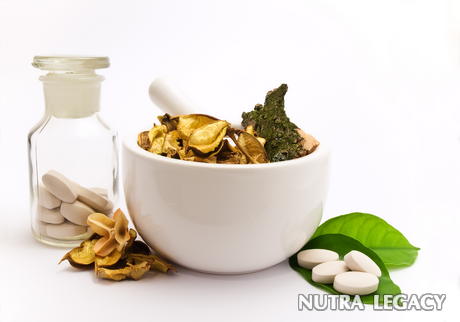Adaptogens Part III
In another recent article, “Adaptogens: An Introduction,” we established that “the word adaptogen is a scientific, if not clinical, term for a natural herbal tonic or product that allows for a non-specific response to everyday stressors, fatigue and sources of anxiety.”

Now, let us discuss a few particular adaptogens and their specifically incredible properties. Alphabetically, we’re somewhere around the letter G, which means that everyone’s favorite adaptogen is next on the list.
Ginseng: This slow-growing perennial plant is, by far, the most famous adaptogen on the market – probably due to the abundance of energy drinks and tea selections that boast the name. It grows primarily in cooler climates in and around the Northern Hemisphere of Asia (China, Korea, Siberia, Vietnam). The ginseng root and leaf are both available and are to be taken orally for best medicinal or aphrodisiac effect. These desired results include the prevention of sexual dysfunction in men, the treatment of type II diabetes and other stimulant qualities.
Holy Basil: This aromatic subshrub can be found in many parts of Asia. It has many names (tulsi, khaphrao) and applications. These include medicine, herbal tea, the repelling of various insects, the Vaishnavite ritual and tradition of Hinduism and as an important element for Thai cooking. Holy Basil extracts can be useful for treating heart disease, headaches, malaria, colds and stomach problems. Holy Basil contains various amounts of Oleanolic acid, Ursolic acid, Eugenol, Carvacrol and Linalool, which all contribute to its adaptogenic abilities. Studies have shown that Holy Basil may also be effective in treating diabetes, cholesterol problems, cataracts and radiation poisoning.
Lepidium: Along with pepperweed and cress, lepidium actually belongs to the mustard family known as Brassicaceae. This root vegetable/medicinal herb, known by many simply as ‘maca,’ can be found at high altitudes in Bolivia and Peru. In these locations, the lepidium or ‘maca’ is only grown organically in cold, harsh climates. Although the fleshy hypocotyl and taproot vary in size and color, the cream colored roots are said to be bigger and sweeter. The black maca has a bittersweet taste, but packs a punch in the energy boosting category. Peruvians have been eating and using lepidium for nearly 2,000 years as a medicinal plant and as a culinary delicacy. Among its perks, lepidium improves strength and may heighten libido and semen quality in men.
The information supplied in this article is not to be considered as medical advice and is for educational purposes only.
|
| ||||||||||||||





 7 Nov 2013
7 Nov 2013